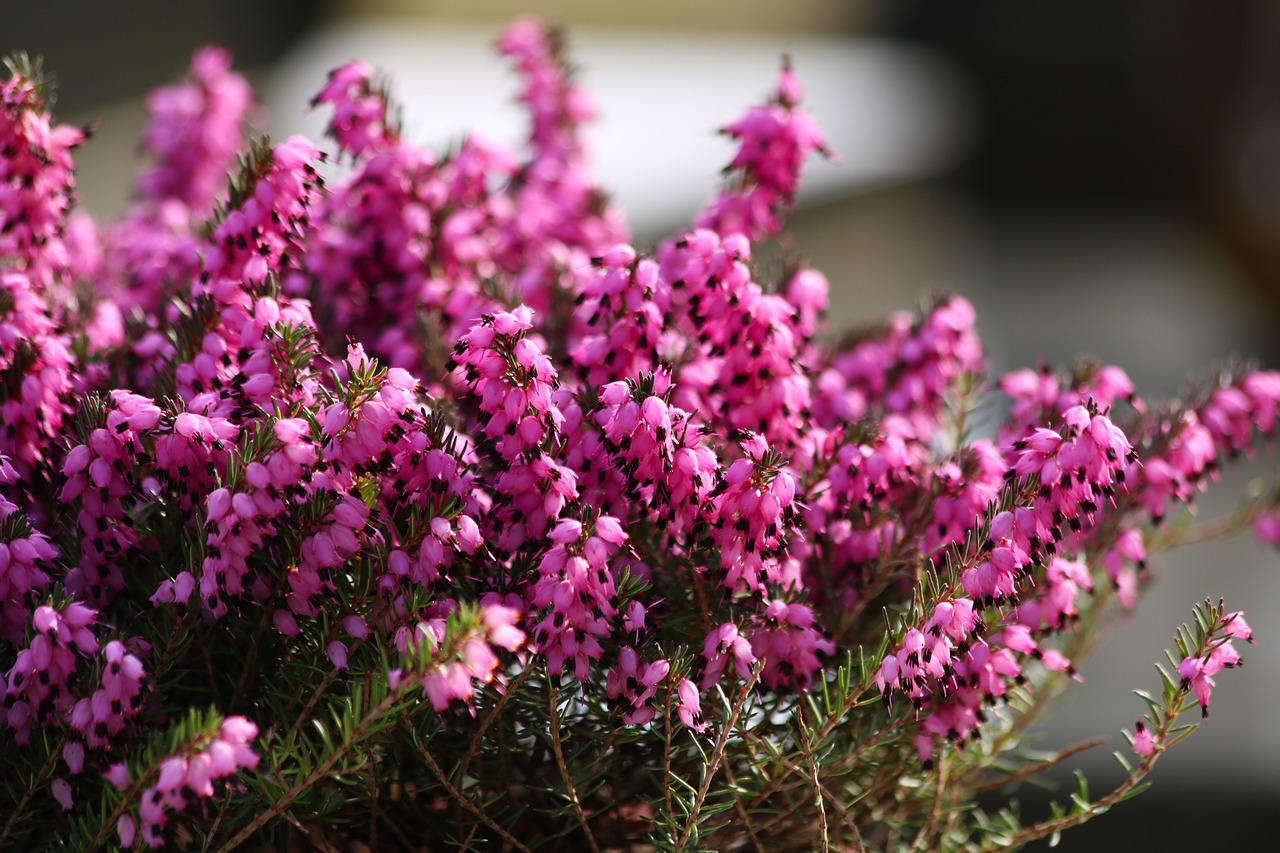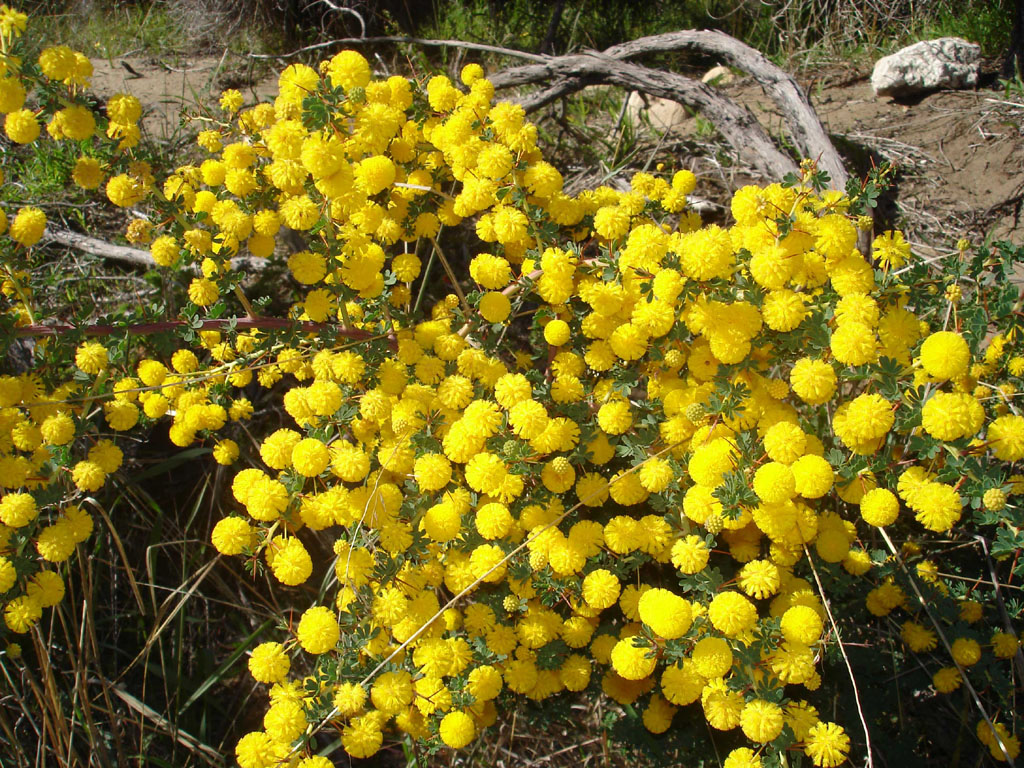

Over the following decades, people from a wide variety of cultural and ethnic backgrounds have founded and used botánicas for economic and cultural benefit. and only later back to the Caribbean and Latin American countries from which these practices originated. According to this theory, similar shops spread out first across the U.S. Others argue that the botánica first emerged in the United States, citing New York's Spanish Harlem as the birthplace. The earliest Mexican and Mexican American botanicas seem to date to the late 1960s and early 1970s. These shops were initially “green pharmacies” operated by herbalists. Įvidence suggests that the first botánicas were opened in Cuba and Puerto Rico in the late 1950s and early 1960s. and other countries, botánicas allows customers to have access to materials used in their religious rituals. As practitioners of these religions have immigrated to the U.S. Its rituals include dancing, drumming and speaking with spirits. Santería absorbed a strong influence from Spanish Catholicism.

Much as Vodou developed under French colonialism in Haiti as a blend of Roman Catholicism and African religions, Santería ("Way of the Saints") developed along similar lines in Cuba. Many of them brought along their African religious beliefs. During the trans-Atlantic slave trade, the Spanish brought large numbers of Africans to their colonies in North America, South America, and the Caribbean. The blending of cultures through Spanish colonialism introduced other influences on the religious and healing practices that later became crystallized in botánicas. Generally a person who practiced the art of folk healing became known as a curandero, with the practice known as Curanderismo. These practices continued and evolved as household remedies during and after the Spanish conquest. Soon after, the Spaniards began to keep records of the names of the plants and their uses.
Tincta botanical meaning how to#
The Aztecs showed the Spaniards their methods to healing, such as which plants had curative properties and how to use them. According to scholar Jules Janick, botánicas have their roots in the relationship of the Aztecs of Mexico and the Spaniards. īotánicas such as this one in Jamaica Plain, Massachusetts, cater to the Latino community and sell folk medicine alongside statues of Catholic saints, candles decorated with prayers, lucky bamboo, and other items.īotánicas extend centuries-old practices of using plants and herbs to treat and heal illnesses.
Tincta botanical meaning professional#
Underserved by professional health services, many Latinos have found effective care in the herbal treatments and psychological support that botánicas offer. There is extensive research and literature on botánicas as dispensers of healthcare in the Latino communities of the United States. People come to the botánica with a host of struggles and problems, and the botánica offers hope from these troubles. Devotees, in turn, use this power to meet the challenges of ordinary life: problems of health, wealth, and love. Botánicas provide their patrons with access to power: power from the natural world, the social world, and the world of the spirits. Whether these items are viewed as cultural imports or adaptive responses on the part of immigrants to a new social environment, the majority of these products and services are used by those who seek guidance in their spiritual and social lives. Most botánicas sell products and services associated with spiritual practices such as Candomblé, Curanderismo, Espiritismo, Macumba and Santería. A botánica is a site of healing and support, such that one owner says they are a "place of mysteries" due to the metaphysical appreciation of mystery as a synonym for spirit and divinity. Such stores have become increasingly popular in the United States as the Latino communities they serve have grown in that country. They also carry oils, incense, perfumes, and books. Such establishments sell folk medicine, herbs, candles, and statues for Saints and popular gods. Botánicas are common in many Hispanic American countries and Latino communities around the world. The name botánica is Spanish and translates as " botany" or "plant store," referring to these establishments' function as dispensaries of medicinal herbs. Botánicas such as this one in Wheaton, Maryland, cater to the Latino community and sell goods and services to address spiritual or physical needs.Ī botánica (often written botanica and less commonly known as a hierbería or botica) is a religious goods store.


 0 kommentar(er)
0 kommentar(er)
